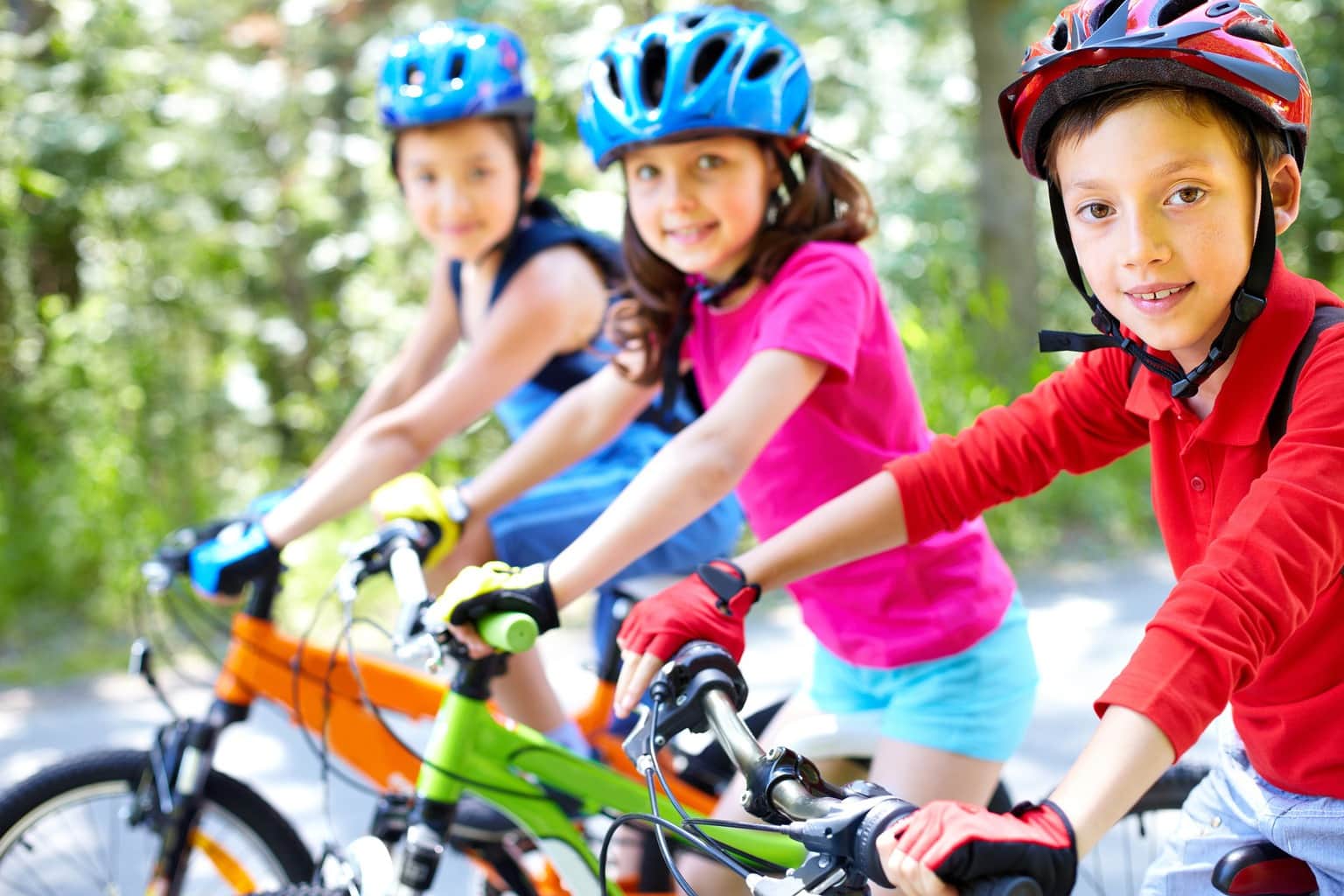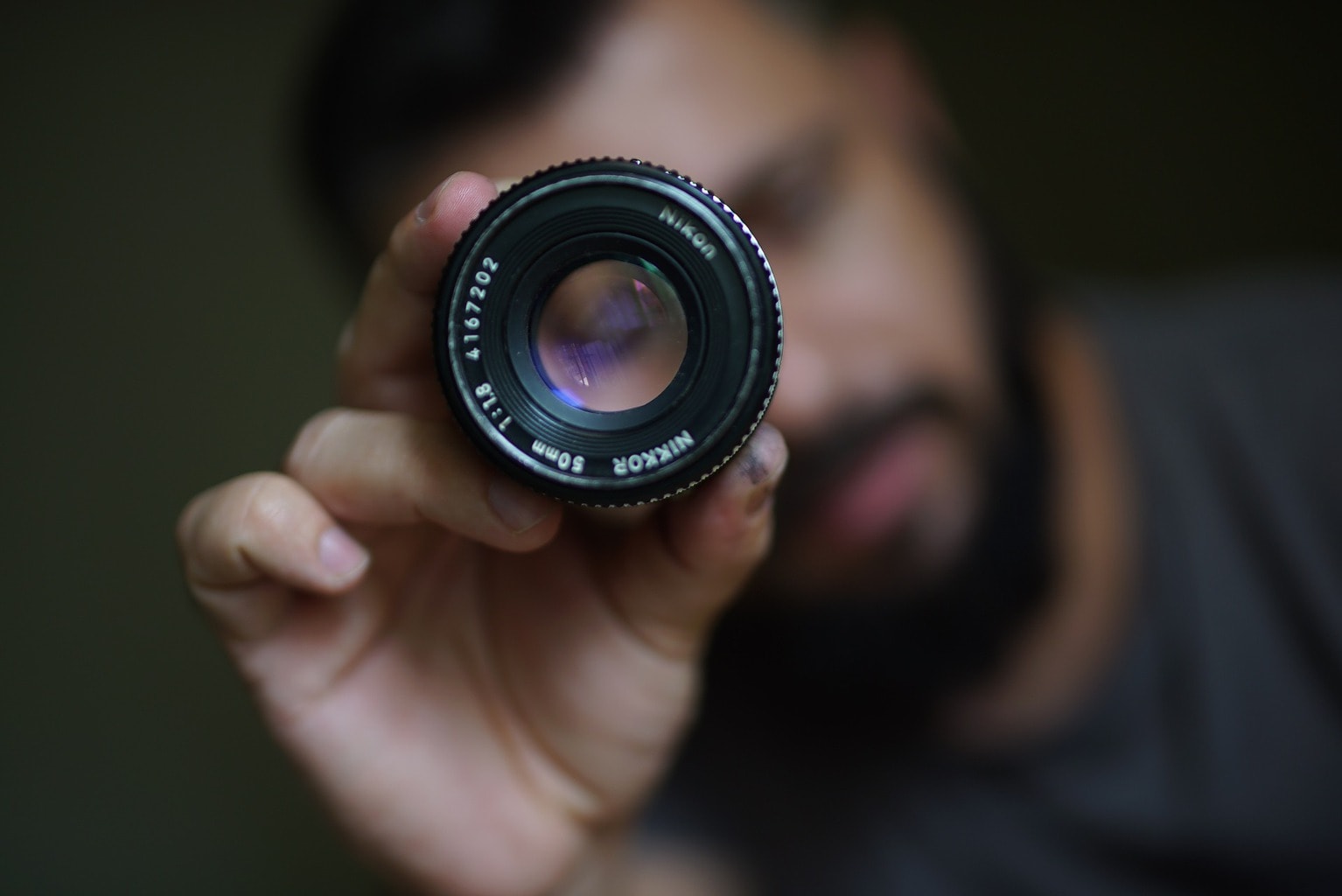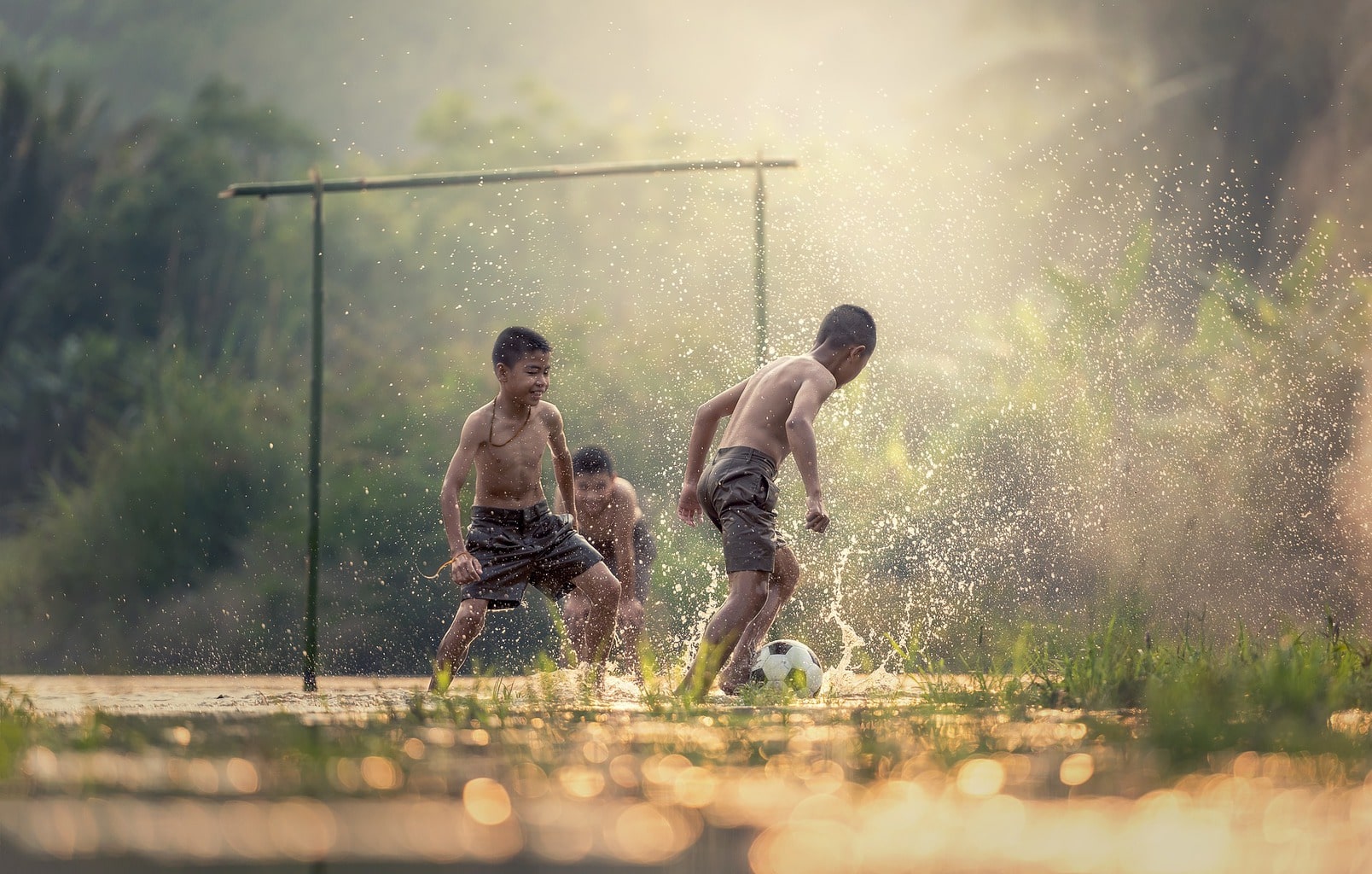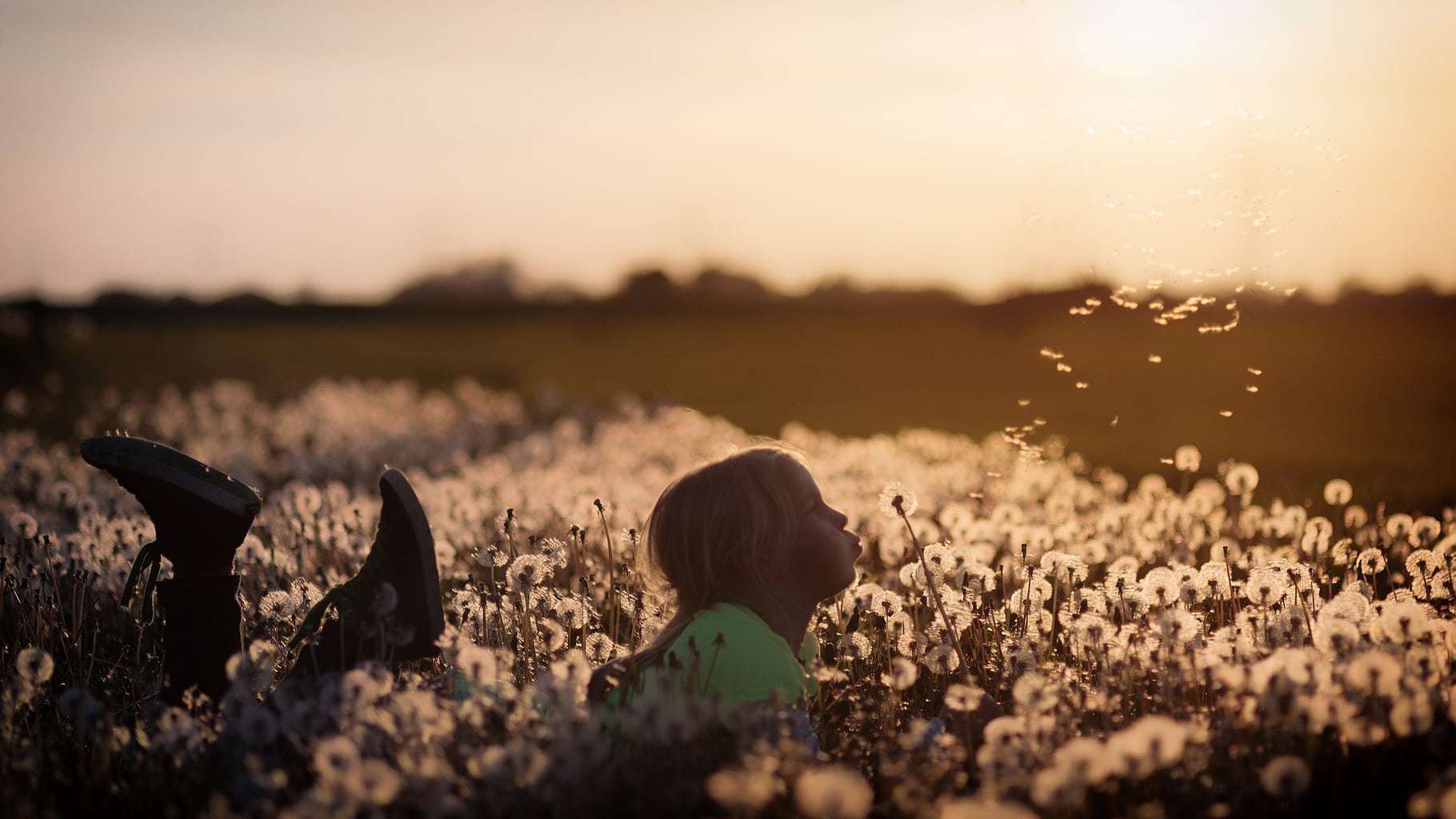I don't know if you've seriously tried to photograph children. Probably yes, you are probably here because reality has hit you in the face and you are desperately looking for solutions when you see that it is one of the most frustrating and complicated things that exists next to the photography of wild animals (that is why we have prepared this mega guide with all the tips and tricks for photographing children ? ). Why is it so difficult to get photos of children in focus? you will think
Well basically because there are so many things that can go wrong, essentially because there are so many things that are beyond your control ;). From the mood that the children have at that moment, from the desire to participate, from boredom, from the impression you make on them...
And then there are you and the things that could go wrong in a regular session... which are not few.
But beyond various errors such as composition, boring images, wrong wardrobe, bad exposure, etc., etc.... the problem that abounds the most in children's photography is undoubtedly the focus.
How many wonderful photo possibilities have ended up in the trash because of a bad focus? right yes? Well, we are going to try to solve it with this article because we are not going to allow you to run out of decent photos of your sons and daughters, nephews, nieces (or clients, if what you want is to focus on children's photography).
And if you still want to continue learning about focusing, don't miss this mega guide that we have prepared for you with everything you need to know for a good focus in different situations, as well as a lot of tips to focus well.
WHY IS THE FOCUS IN THE IMAGE SO IMPORTANT?
Because the focus directs our gaze towards what we want to highlight. It tells us what the meaning of the image is or even in what order we should interpret it . A focus error is an error in reading our image. And if our image does not say what we wanted to say, if it does not express what we were looking for, our image loses all its reason for being.


WHY IS IT SO HARD TO GET KIDS TO FOCUS ON PHOTOS?
Well, this is almost a rhetorical question, a shout to heaven with hands on head. Surely you already know it, surely if you are reading this article it is because you have experienced the frustration of not getting the children focused on your own flesh ? Basically the problem is that they move a lot. That said, like little wild animals ? .
Now, there is no remedy for that, or at least there is no remedy that lasts more than 5 minutes, especially if what you like is to photograph them in their sauce, free and without posing too much.
But do not despair, because there are some tricks that can make your life easier, let's see which ones.
TRICKS TO GET CHILDREN FOCUSED ON PHOTOS
Apart from the distracting elements that you can use to try to make your little ones stay still, such as dolls, soap bubbles, balloons, etc., there are a series of photographic adjustments that will make your life much easier ? .
USE A SMALL APERTURE (HIGH F/ VALUE)
As I'm sure you already know, the aperture is directly related to the amount of light entering the lens from the sensor. The more open the diaphragm aperture is , the more light will enter towards the sensor and vice versa.
But it is not only related to the amount of light entering, but also to the depth of field of the image . Depth of field is the area of the image in focus. This is larger with smaller f-stops (high values like f/16 or f/22) and smaller with larger f-stops (low values like f/1.4, f/2.8 or f/4).
To have a larger area in focus in the image, and thus better ensure the focus of the children you want to photograph, it is best to work with somewhat high depths of field, such as f/16. So you can keep the children in focus with relative ease.
Now, the downside is that you won't be able to blur the background when you need it. With such closed apertures (great depth of field), most of the image will come out in focus; for better and for worse ? .
To work with high depths of field, you will need a place with a lot of light, to be able to combine a sufficiently high diaphragm opening and a speed that allows the children not to move.

USE A HIGH ENOUGH SHUTTER SPEED
Sometimes what appears to us as a focus error is simply a somewhat shaky image. To photograph children or other subjects in motion, you need to work with shutter speeds fast enough to freeze motion.
It will depend on the light and the level of movement to determine what is the minimum speed to freeze the scene, but remember that the longer the focal length you are working with, the more speed you will need.
Which brings us to the next tip.
USE THE BRIGHTEST LENS YOU HAVE
If you have several optics, try to use the one that is brightest . Combining tight apertures and fast shutter speeds will ensure good focus, but will require a fair amount of light input ? .
A good option if you want to dedicate yourself to children's photography (and if not also) are the king of lenses or the prince.

SET YOUR CAMERA TO FOCUS PRIORITY
With this priority mode, the camera understands that until what we have selected to focus is not properly focused, it should not shoot.
In this way, you will not take any image until your protagonist or what you have chosen is in focus.
This system is very effective for getting images that are in focus, but it can also be a bit frustrating when you're having trouble focusing for any reason (blurred backgrounds, low light, etc.) and can cause you to lose photos that you'd rather have even if they're somewhat out of focus.
You should keep it in mind and see if this system works for you or makes you desperate ? .
CHOOSE AF-C OR AI SERVO AUTOFOCUS FOR MOVING SCENES
This focus system is designed for shooting moving subjects. With the shutter button pressed halfway, the camera keeps track of what is moving and we want to photograph. Once we decide that we want the photo, we just have to press the shutter all the way.
This type of automatic focus will be very useful for, for example, football, basketball, handball, etc., but also races in the mountains, on the street or at home ? .



